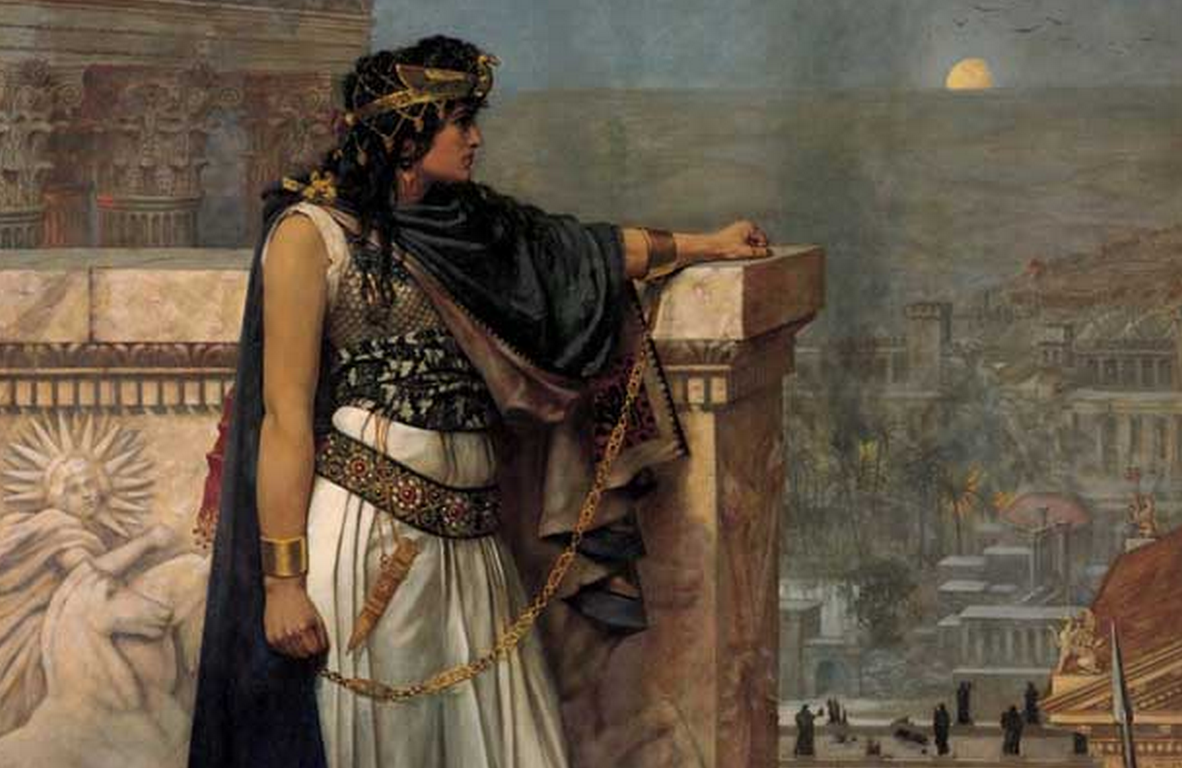
Name: Artemisia I of Halicarnassus
Tagline: Warrior Queen of the Greek city-state of Halicarnassus, satrap (Persian governor) of the satrapy of Caria, fought for the Persians against the Greeks during the second Persian invasion of Greece, 480 BC.
Claim to Fame: Artemisia of Halicarnassus was the only Persian naval commander to come out of the disastrous battle of Salamis with both life and honour largely intact. She was also the only Persian commander in the invasion to give the Persian King Xerxes honest advice rather than flattery.
Today’s entry is a guest entry by Troels Ken Pedersen. He wants to introduce us to a strong woman out of Greek mythology. Apparently, she has a film of her own that Troels would recommend that you avoid. Here is his take on her:
We know of Artemisia largely through the writings of Herodotus, himself a native of Halicarnassus, who was exiled from that city after an unsuccesful uprising against Lygdamis II, grandson of Artemisia.
Artemisia was the daughter of the satrap Lygdamis (I), and she took power in Halicarnassus (in the south-west of present-day Turkey) after the death of her husband and ruled while their son and heir Pisindelis was a minor (sounds familiar?). During the second Persian invasion of Greece, she commanded a group of five ships out of the enormous Persian fleet.
After the Persian army had sacked Athens, the main force of the free Greek land army was preparing to defend the Isthmus, the narrow strip of land connecting the Peloponnesus peninsula to mainland Greece, and the free Greek fleet was anchored between the pensinsula of Attica (the territory of Athens) and the island of Salamis – narrow straits that would favour the heavy Greek ships against the many & maneuverable ships of the Persian subjects and allies. The Athenian commander Themistocles sent a false message to the Persian king Xerxes promising to betray the free Greeks and urging the Persians to attack the Greek fleet. Xerxes asked the Persian commanders whether they thought he should attack or hold back; everyone but Artemisia urged him to attack. Many expected Xerxes to be displeased and punish her, but he praised her. Nonetheless the followed the advice of the majority and gave the order to attack.
In the battle of Salamis, the turning point of the war, the Persian fleet was massacred. Artemisia managed to escape, and fanciful accounts abound of how she managed this. Herodotus says that while she was being pursued by a Greek ship, she deliberately rammed the ship of one of the Persian allies, leading the free Greeks to believe that she was on their side. As a double bonus, the ship that she rammed belonged to one of her rivals. Polynaeus says that she carried two different standards, a Greek one and a Persian one. When chased by free Greeks, she took down the Persian standard and hoisted the Greek one.
After the battle, Xerxes asked Artemisia for advice, and she told him to depart for Persia, leaving his general Mardonios in command. If Mardonios won, the glory would still belong to the king, and if Mardonios were to be defeated, the shame would fall on Mardonios. Xerxes took her advice, and in doing so probably saved his life – Mardonios was eventually defeated. Artemisia returned to Halicarnassus, and her decendants ruled for many generations.
Artemisia is one of four figures holding up the Equestrian statue of Christian V on Kongens Nytorv in Copenhagen, along with Hercules, Minerva and Alexander the Great. Some company!
How to use her: Artemisia is another fine example of a woman making her way in a man’s world, largely playing by the rules, getting ahead through a combination of daring honesty and ruthless cleverness. She could obviously make an interesting character in a story or game about the Persian wars, whether as ally, antagonist or bit-of-both rival.